Intel Core 2 Chipset Power Consumption Shootout
by Anand Lal Shimpi on October 12, 2006 12:53 PM EST- Posted in
- CPUs
Since the introduction of Intel's 90nm Prescott core, power consumption has been at the forefront of any CPU related discussion. But as both AMD and Intel strive towards introducing more power efficient cores we must turn our attention elsewhere to find new areas where power savings are necessary. The GPU is next on the chopping block for power consumption, but we've still got a little time before both ATI and NVIDIA unveil their new high DirectX 10 parts fully equipped with very high power consumption. While we wait for the next-generation of powerful GPUs and quad-core CPUs to debut, we decided to take a look at the power consumption of an often overlooked component in the system: the chipset.
Dutifully playing its role as traffic cop in any modern system, the chipset has to deal with getting data from each and every high speed, high powered component in the system and directing it to the right place. Thankfully the amount of logic in a chipset is nothing near that of a CPU, but given its role in a high performance system, the chipset can easily be a notable consumer of power. The question is - are some chipsets better than others for power consumption?
There have been obvious examples in the past where chipsets varied dramatically in power consumption, like ATI's CrossFire 3200 chipset vs. NVIDIA's nForce 590 SLI, the latter of which consumed significantly more power. But what about more mainstream offerings, and in particular, mainstream chipsets that support Intel's Core 2 processors - is there a noticeable difference in performance, power consumption and overall performance per watt between them?
We're asking this question now because it is inevitably the first question we need answered before we can start doing (as close to) apples-to-apples comparisons between CPUs with regards to power consumption. We chose to start with Core 2 platforms since that's the hot topic these days and power consumption/performance per watt is a very compelling reason to consider Intel's Core 2 line of processors.
The Platforms
We picked the three most popular mainstream Core 2 chipsets currently available for this comparison: Intel's P965, Intel's 975X and NVIDIA's nForce 570 SLI Intel Edition.
Intel P965 |
Intel 975X |
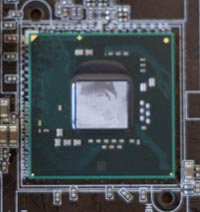 |
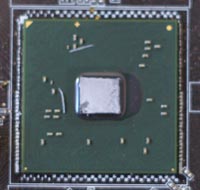 |
NVIDIA nForce 570 SLI |
|
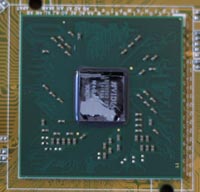 |
|
We will eventually add Intel's G965 to the mix but we'll save analysis of that chipset for our full review of the new integrated graphics core. These three chipsets represent the performance mainstream offerings any Core 2 purchaser would consider and a good starting point for these sorts of comparisons. Obviously there are other chipsets that we are interested to look at, for example VIA's PT880 and Intel's 945G, but we will have to save those for a later date in the interest of time.
As luck would have it, ASUS makes a motherboard based on all three chipsets we're interested in comparing today and thus we used all ASUS platforms for today's article.
Representing the Intel P965 chipset we have ASUS' P5B Deluxe:
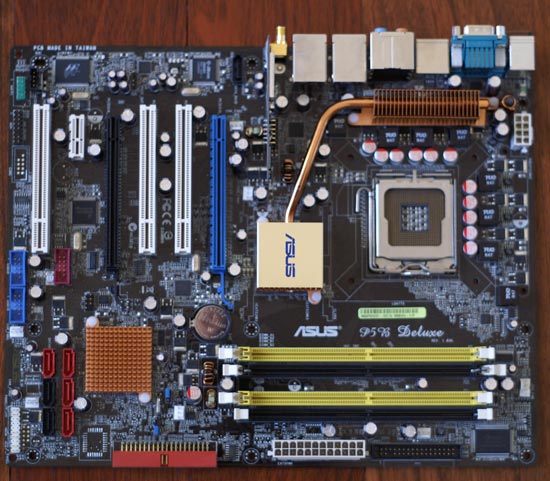
The ASUS P5W DH Deluxe, one of our first Core 2 motherboards, features Intel's 975X chipset:
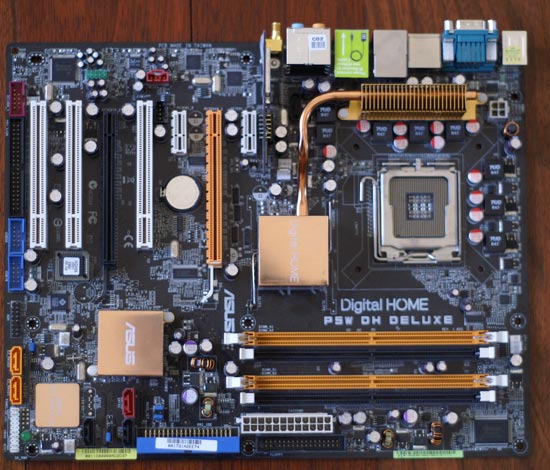
And finally we have ASUS' P5NSLI, a very affordable nForce 570 SLI solution:
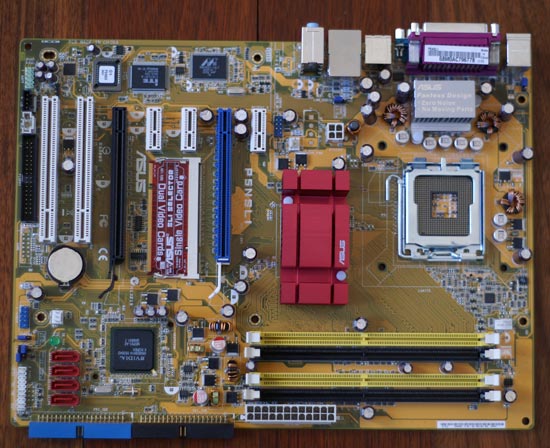
Note that today's comparison is merely one aspect of comparing these three platforms; things like price, I/O, and networking performance as well as multi-GPU support are all important considerations that go beyond the scope of this article. Our concern today is power consumption and thus that's what we will focus on.










44 Comments
View All Comments
wwswimming - Thursday, October 12, 2006 - link
3 of the best Motherboards you can get, all i think with the extra-stable 8 phase power - and you have 'em all in one line-up.
Can i work at Anandtech ? :-)
8steve8 - Thursday, October 12, 2006 - link
(even when disabled these parts likely take some power)8steve8 - Thursday, October 12, 2006 - link
im curious, what about g965 with onboard video...also , i think u should have used more minimalistic boards... otherwise the power could be drained on the additional features like wifi or a 2nd nic card or whathaveyou
ATWindsor - Thursday, October 12, 2006 - link
It's interesting to see the diffrent between chipsets. The chipsets seems to have started t use quite a bit of power. Hopefully you will be able to do more detailed test some time in the futire, load on diffrent rails and so on.Lonyo - Thursday, October 12, 2006 - link
The HL2 640x480 numbers for the 975 look really wrong (198 fps vs ~230 for the other 2 chipsets).Anonymous Freak - Thursday, October 12, 2006 - link
You'd need to test the power consumption of multiple brands of motherboard using the same chipset. This could just be an Asus thing. (After all, the Intel chipset boards are "Deluxe" while the nVidia chipset board isn't. Maybe they actually spent engineering efford to cut down on power draw on the Deluxe boards.)Also, for a review interested in power consumption, I'd like to see comparisons not just with a dedicated video card, but also with the integrated video of appropriate chipsets. For example, I play almost no games, and actually WOULD like to save as much energy as possible. What motherboard/CPU/GPU combo will give me the best media encoding performance bang per watt? (A Via nano ITX board probably would win in performance per watt, but with unacceptably low performance.)
edwardhchan - Thursday, October 12, 2006 - link
All this tells me is that Asus's P965 mobo uses less than their 975X and 570 SLI mobos. It'd be better to compare across brands (using the same chipsets available from each brand.) Then you verify your result.atenza - Thursday, October 12, 2006 - link
Am I the only one interested in idle consumption of those systems?mongo lloyd - Friday, October 13, 2006 - link
Me too. Most computers, especially the ones that are running 24/7 (which is more and more prevalent today), are idle for a guesstimate of about 90% of the time. Really.I was disappointed in this article as well, because they really should've taken that into regard (and made it the most important thing as well).
SocrPlyr - Thursday, October 12, 2006 - link
No, I am interested as well. My computer is kept in a relatively enclosed space. My P4 used to be completely quiet before this, and now is loud b/c the fans are spinning a lot faster. Of course I am not looking to keep the P4, but I am planning on upgrading soon. This basically let me know what I wanted to know and it becomes a no brainer in chipset choice for my application. Here I can get the less expensive chipset and still save on power. I am carefully choosing all of my components for my next build. I want as much integrated as possible and do things like have only 1 optical drive and go down from 3 HDD to 2 etc. (And of course get a cpu that uses less power.) Now for the person who said that a few watt doesn't mean anything, if you get a few watts out of 5 coponents that is a significant power savings for the system as a whole.Josh